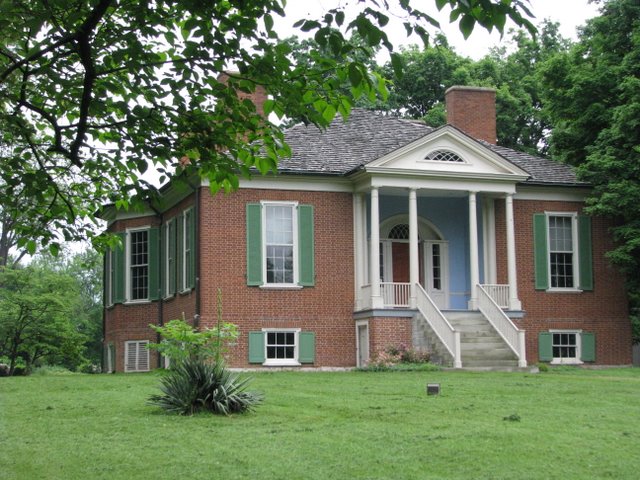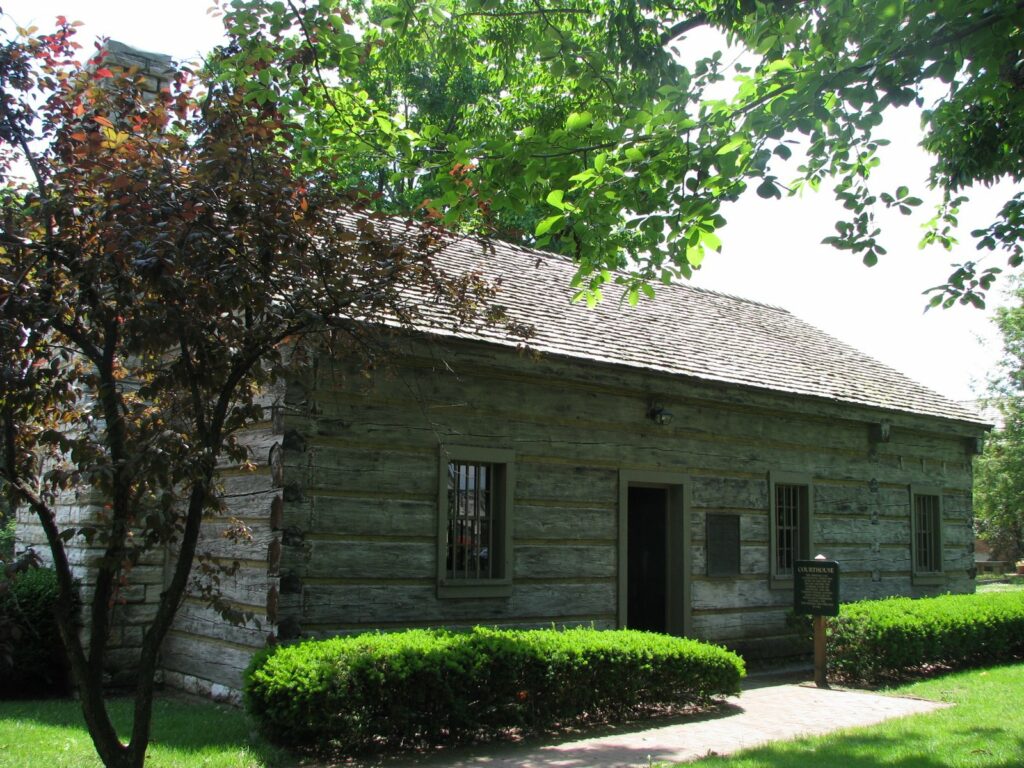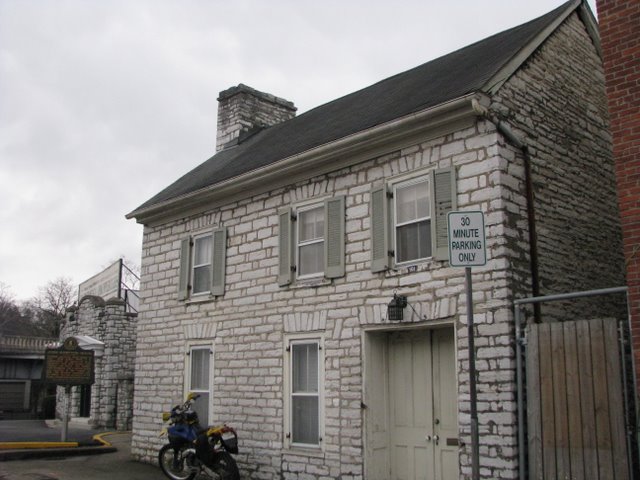 |
| Kentucky Historic Marker #798 (Old Pollard Inn) |
I will allow the following history to speak for itself [cite] as it is quite an interesting read:
After crossing the Kentucky River from Owen County, [Confederate General John H.] Morgan and Hines were left without a guide, his having turned back due to lack of knowledge of Henry County roads or people. Travelling through the dark, winter night, they eventually grew tired and cold about 2 a.m. December 1st. Morgan and Hines stopped at what is now known as the “Old Pollard Inn,” just north of Highway 22 on Highway 421 outside New Castle. Even though they weren’t sure of where his sympathies lay, the tired men knocked on the door at Mr. Pollard’s.
The master of the house was quickly aroused, whereupon Hines explained their desire to be put up for the night. Mr. Pollard readily let them in, and showed them to the main room of the house. As soon as the lamp on the table there was turned up, Morgan and Hines were sure they were safe. On the table lay a newspaper of Confederate sympathy with the bold headlines proclaiming (incorrectly) that General Morgan, Hines, and seven others had escaped from an Ohio prison.
Their conversation at this point is best put in Captain Hines’ own words: “Glancing at the paper, I looked up and remarked, “I see that General Morgan, Hines, and other offices have escaped from the penitent-iary.” He responded, “Yes; and you are Captain Hines, are you not?” I replied, “Yes; and what is your name?” “Pollard, he answered.” “Allow me, then, to introduce General Morgan.” I found that I had not made a mistake.” Shortly thereafter, Morgan and Hines were resting comfortably in total safety.
Morgan and Hines arose late the next day. After a hearty breakfast, plans to move further on were discussed. The house sat just feet from the main highway, and leaving at such an odd time of the morning was sure to draw unwanted attention of the black workers. Having discussed all the factors, it was decided to remain until after lunch. Mr. Pollard furnished Morgan and Hines with cattle whips, as it had been decided they would travel onward under the guise of cattle buyers. Shortly after lunch, the “cattle buyers” set out for the next planned stop on their journey.
The Old Pollard Inn no longer exists, but the pictured marker remains. As for the Ohio State Penitentiary from where the escape was launched, it was demolished to make way for the Nationwide Arena in Columbus.










